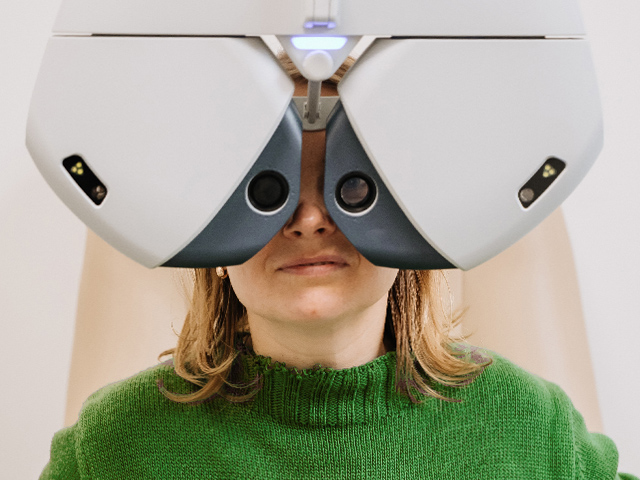
Dry eye syndrome is a condition that happens when the tears produced fail to provide needed lubrication for the eyes. The tears can be unstable or inadequate for different reasons. The condition may occur if the eyes fail to produce enough tears or if the tears produced are of poor quality.
The tear instability results in inflammation and damage to the eye surface. The dry eye condition is uncomfortable as the eyes may burn or sting. You can know the causes, symptoms, and treatments for dry eye.
Causes of Dry Eye
A dry eye condition occurs when there is a disruption of the healthy tear film. The tear film contains three layers: aqueous fluid, fatty oils, and mucus. A healthy combination helps keep the eye surface well lubricated, clear, and smooth. Problems with the layers can lead to dry eyes.
Causes of the condition include:
- Autoimmune diseases.
- Hormonal changes.
- Allergic eye disease.
- Inflamed eyelids.
- Inadequate production of fluid.
- Aging.
- Certain medical conditions and medications.
- Eye surgery.
- Contact lens use.
Symptoms of Dry Eye
The symptoms of dry eye condition often affect both eyes, and they include:
- A scratchy, burning, or stinging sensation.
- A stringy discharge from the eyes.
- Light sensitivity.
- Eye redness.
- A sensation of something in the eyes.
- Difficulty wearing contacts.
- Difficulty with night driving.
- Watery eyes.
- Painful eyes.
- Blurry vision.
- Eye fatigue.
If the symptoms go for long, it is vital to visit a doctor for a proper diagnosis.
Risk Factors for Dry Eye
Some factors can make an individual more susceptible to developing dry eyes. The factors include being over 50 years old and being a woman due to hormonal changes. Eating a diet low in vitamin A can predispose one to get dry eye.
Wearing contact lenses and having had refractive surgery can lead to the development of dry eye. Prolonged computer use and the subsequent failure to blink frequently can lead to a dry eye condition.
Complications From Dry Eye
People who have dry eyes experience certain complications. These include eye infections as the eye surface has inadequate protection, and damage to the eye surface. Severe dry eye can cause inflammation, corneal surface abrasion, corneal ulcers, and even vision loss. The condition can lead to a decreased quality of life as it becomes difficult to perform daily activities.
Treatment for Dry Eye
Treatment for dry eye will depend on the severity of the condition and the underlying cause. For people with mild or occasional dry eye symptoms, regular use of artificial tears or OTC eye drops can help. If the symptoms are more severe or persistent, there are other treatment options.
Treatments include using prescription medication, prescription eye drops, punctal plugs, tear-stimulating drugs, and autologous blood serum drops. Others are closing the tear ducts to reduce loss of tears, using special contact lenses, and intense pulsed light therapy.
There are things you can do to avoid dry eyes. Avoid smoking and second-hand smoke, do not allow fans or hair dryers to blow on your face, and avoid dry locations.
For more on dry eye causes, symptoms, and treatments, visit Eye Care Optical Clinic at our offices in Philadelphia, Wyomissing, Bethlehem Township, or Doylestown, Pennsylvania. You can call (215) 698-7760, (610) 376-7272, (610) 866-1000, (215) 878-7181, or (215) 230-4060 today to schedule an appointment.




